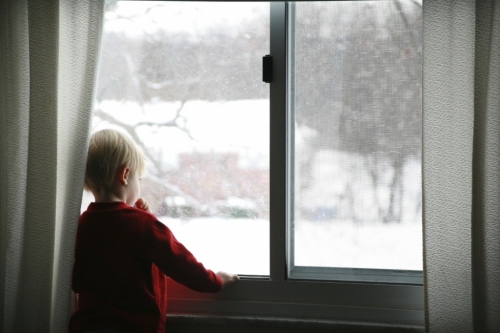
by GroupM7 | Sep 29, 2014 | Blog
What Does REME technology mean for Longview TX? Feb 3, 2012 Have you put replacing the furnace high on your list of things to do in the near future? Maybe you’re tired of shelling out money for frequent furnace repairs or you think your heating bills are too...

by GroupM7 | Sep 29, 2014 | Articles
Indoor Air Quality Plays a Role in Your Family’s Health Sep 29, 2014 According to the U.S. Environmental Protection Agency (EPA) indoor air is two to five times more polluted than the air outside. Living in a home with poor air quality puts your family at risk of...




